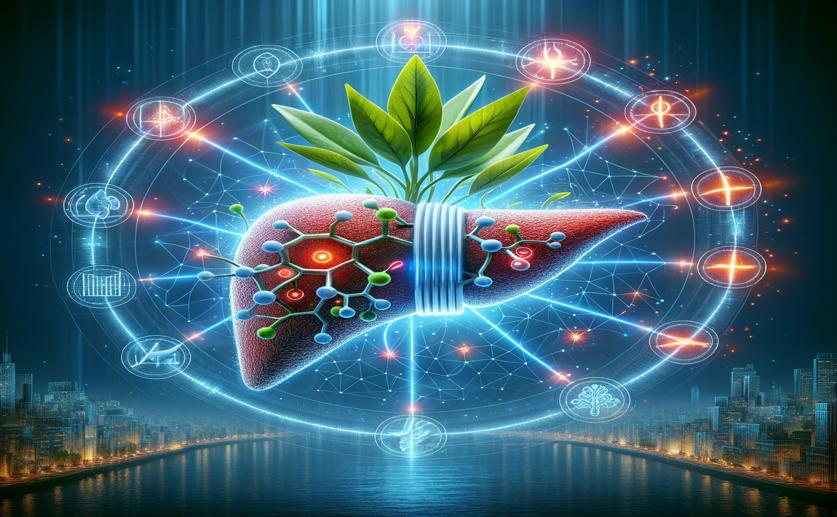
Wogonin Reduces Liver Damage from Acetaminophen by Blocking Key Cell Signals
Greg Howard
20th May, 2024

Image Source: Natural Science News, 2024
Key Findings
- Researchers from Guangzhou University of Chinese Medicine found that Wogonin, a compound in Chinese skullcap, reduces liver damage caused by acetaminophen in mice
- Wogonin works by lowering oxidative stress and inflammation in the liver, primarily through the PI3K/AKT signaling pathway
- The study suggests Wogonin's potential for treating drug-induced liver injuries by targeting specific cellular pathways
References
Main Study
1) Wogonin Mitigates Acetaminophen-Induced Liver Injury in Mice through Inhibition of the PI3K/AKT Signaling Pathway.
Published 17th May, 2024
https://doi.org/10.1016/j.jep.2024.118364
Related Studies
2) The Molecular Mechanisms Regulating the KEAP1-NRF2 Pathway.
3) Wogonin and its analogs for the prevention and treatment of cancer: A systematic review.
4) Drug-induced liver injury: Pathogenesis, epidemiology, clinical features, and practical management.



 17th May, 2024 | Jim Crocker
17th May, 2024 | Jim Crocker